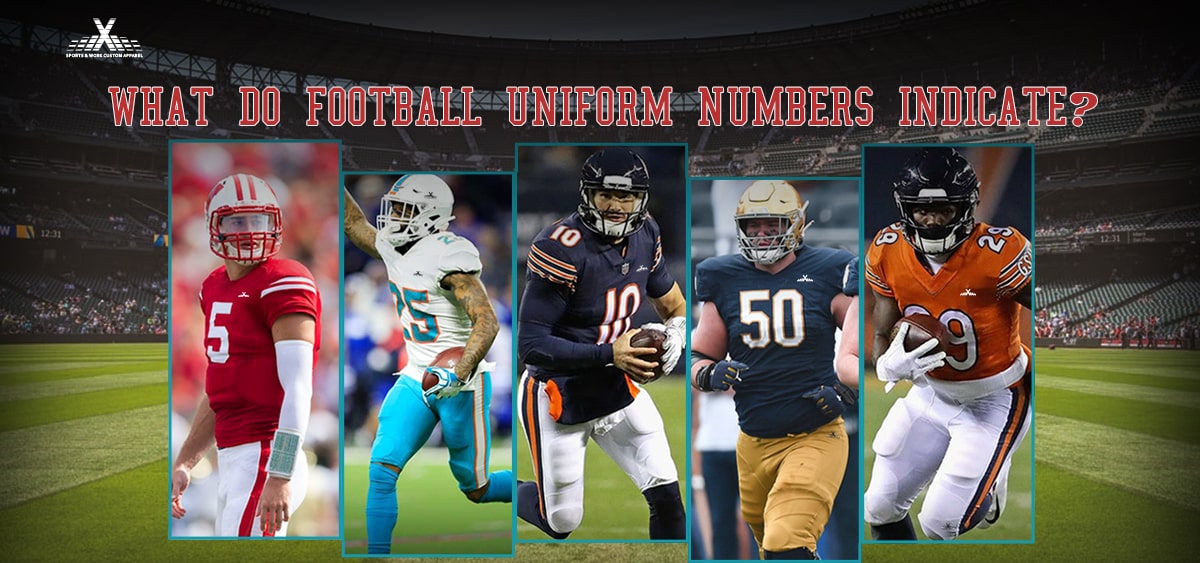What Do Football Uniform Numbers Indicate?
The system assigning football uniform numbers to NFL (National Football League) players was first formed in 1952. However, in 1973 the league updated and more seriously regulated the system in the American football teams. Since then, very few modifications have been done to the numbering technique on NFL jerseys. Here we will discuss the meaning and purpose of different numbers on football jerseys these days. The insight will help you design your custom football uniform with more precision. The NFL numbering system is based on a player’s primary position. Any player wearing any number may play at any position (though players wearing numbers 50-79 must let the referee know that they are playing out of place by reporting as an “ineligible number in an eligible position”). It is not uncommon for running backs to line up at wide receiver on certain plays or to have a lineman or linebacker play at fullback or tight end in short-yardage situations. In pre-season games, when teams have expanded rosters, players may wear numbers outside of the above rules. When the final 53-player roster is established, they are reissued numbers within the below guidelines.
TV numbers
Players wear their numbers on either front or back of the jerseys. However, there are “TV numbers” that we see on the shoulders or sleeves of the jerseys. These help broadcasters and fans identify the players when their back and front are not prominently visible on the camera. These numbers have been exempted from mandatory numbering since 2008, and several NFL teams have donned throwback uniforms without these numbers in NFL history.
Numbers 1 to 19
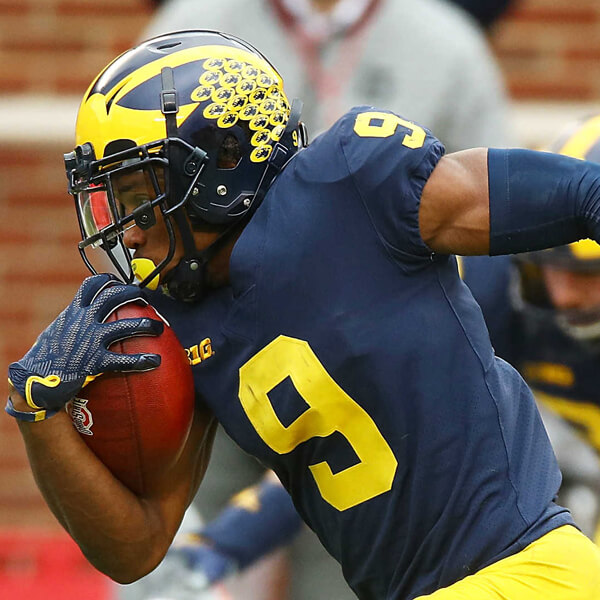
Quarterbacks, punters, and kickers wear these numbers on their NFL jerseys. In 2004, NFL rules were updated to allow wide receivers to wear numbers from 10 to 19 if they chose, even in the availability of 80-89 numbers. Not often, but sometimes, all the numbers from 10-19 and 80-89 are used up by others. In these rare cases, wide receivers can wear jerseys with single digits. For instance, Biren Ealy, the former player and current NFL Free Agent, wore a single-digit jersey in the pre-season games of 2009 during his time in Baltimore Ravens. The first wideouts who grabbed the digits after 2004 were Larry Fitzgerald (11), Plaxico Burress (17), and Randy Moss (18). Cam Newton may be the best-known player currently wearing No. 1.
Number 20 to 49
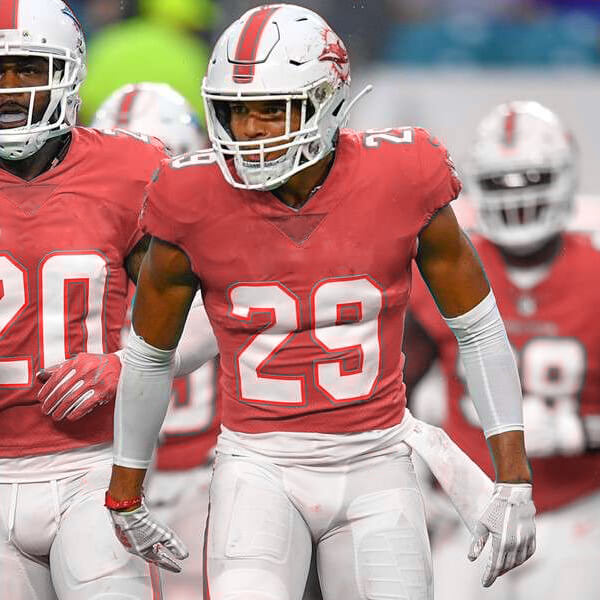
The speediest players in NFL, including running backs, safeties, and cornerbacks, get numbers from 20 to 49. Hall of Fame running back Barry Sanders wore No. 20, the legendary Jim Brown had No. 32, and Neon Deion Sanders wore No. 21. In case you wondered, the best number 49 goes to Washington Redskins running back Bobby Mitchell, owner of a well-deserved plaque in Canton, Ohio. As of 2015, players at tight ends, linebackers can also wear numbers from 40 to 49, in case 80 to 89 are unavailable. For fans, the change only complicates things, given that in today’s high-speed game, the lines blur between linebackers and defensive ends.
Numbers 50 to 59
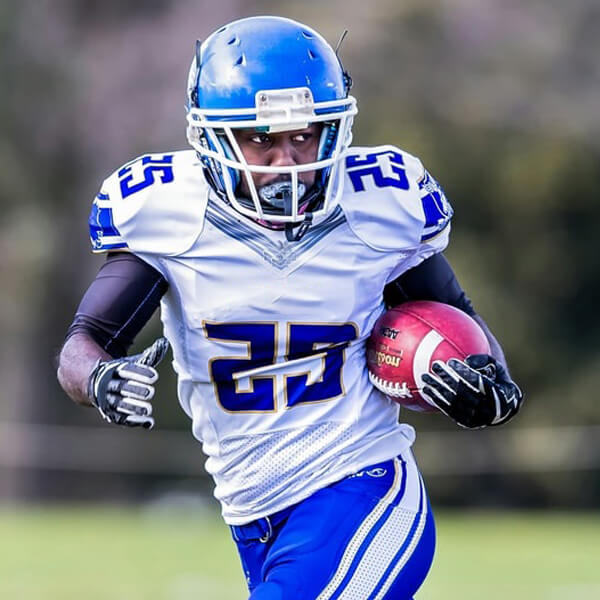
Until 2010, enters and linebackers could wear only these ten numbers. However, in 2010 rules changed to put numbers from 60 to 79 on their jerseys. In 2010, the NFL also added defensive linemen to players who could wear numbers from 50 to 59.
Numbers 60 to 79

Players at tackles, guards, offensive and defensive ends, or nose guards wear 60 to 79. Eagles’ great Chuck Bednarik wore number 60 while Roosevelt Brown, Hall of Fame offensive lineman, had 79 on the back of his jersey.
Numbers 80 to 89
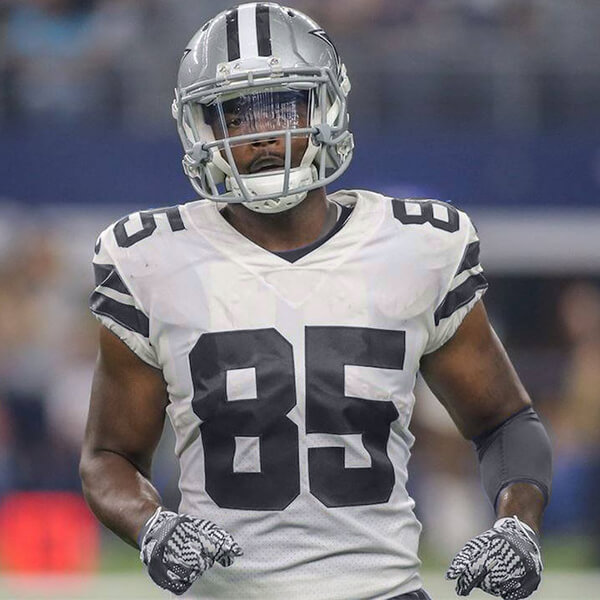
As mentioned, wide receivers and tight ends put numbers from 80 to 89 on their jerseys but can opt from other ranges in case these ten numbers are not available. Some of the best flankers and tight ends have proudly worn these numbers, including Jerry Rice (80), Mike Ditka (89), and TO (81).
Numbers 90 to 99
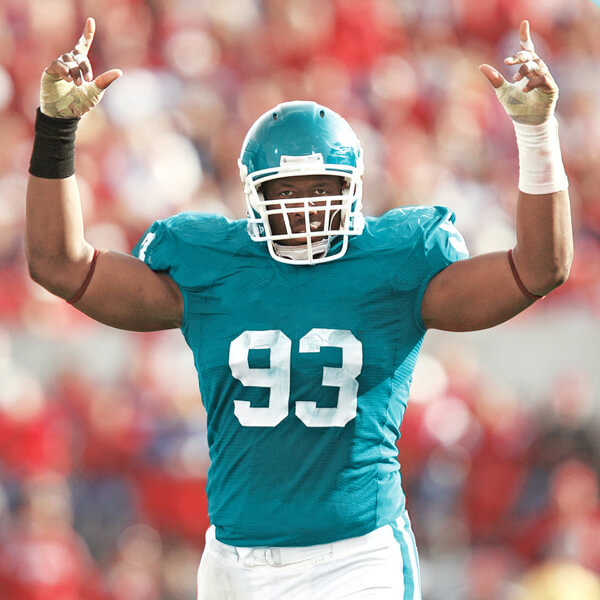
Numbers 90 to 99 are worn by linebackers and defensive linemen. Included in this illustrious group are Reggie White (92), Defensive Tackle, John Randle (93), and Philadelphia Eagles All-Pro, Fletcher Cox (91).
Numbers 0 and 00
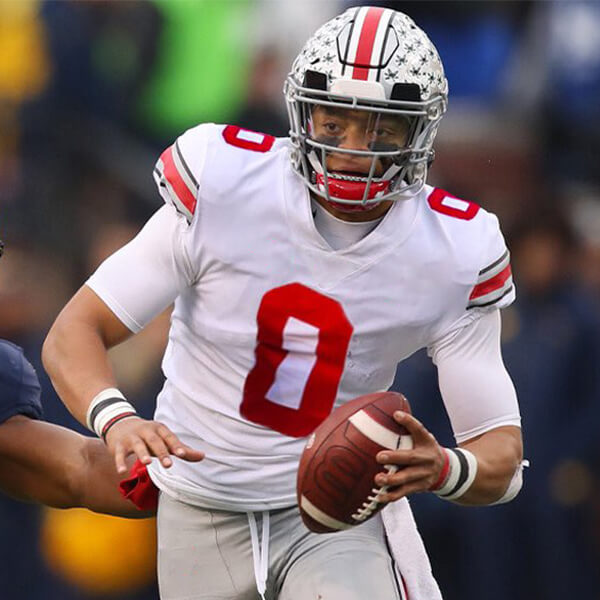
These numbers are no longer used, though they were issued in the NFL before the number standardization in 1973. George Plimpton wore 0 during a brief preseason stint at quarterback for the Detroit Lions. Jim Otto (“aught-oh”) wore the number “00” during most of his career with the Oakland Raiders. Wide receiver Ken Burrough of the Houston Oilers also wore “00” during his NFL career in the 1970s.
There has been a very slight change in the number placement rules in NFL since 1973. But on April 21st, 2021 the NFL approved a new rule which relaxes certain position groups wearing specific numbers on the field, meaning you’re going to see a lot of new funky numbers associated with certain position groups in the area.

